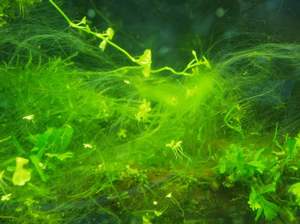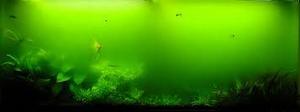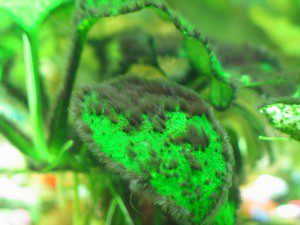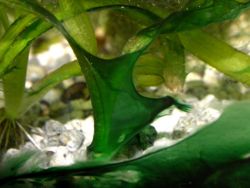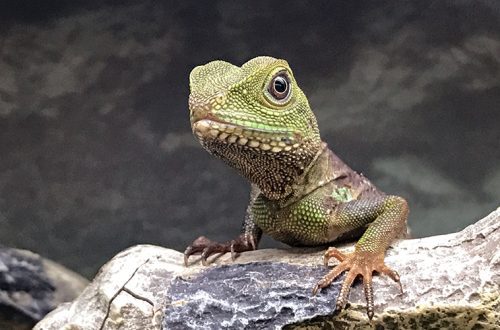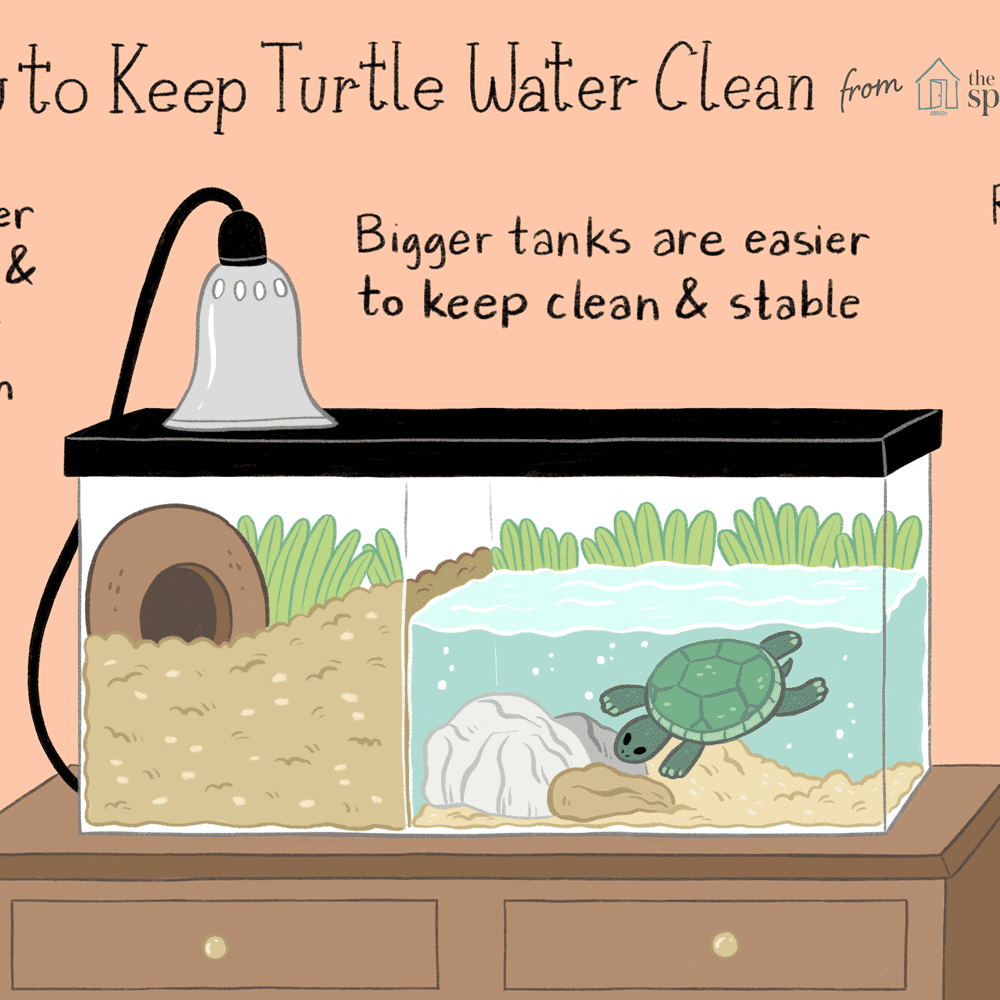
Aquarium problems – all about turtles and for turtles
The article will cover popular problems that occur in aquariums, such as film on the water, green and other algae in the aquarium, worms and various insects.
film on water
The formation of plaque on the surface of the water in the form of a film is the result of an excessive content of various substances and impurities in the water: often the film appears due to the ingress of dust into the aquarium from decay of organic residues – feed and waste products of aquarium inhabitants.
What problems can arise from the film?
Firstly, it can serve as a breeding ground on which colonies of harmful bacteria can grow. Secondly, the film impairs the flow of oxygen into the indoor pond, which leads to a violation of the circulation.
How to deal with the problem?
There are a couple of ways to deal with the film: 1) With the help of a filter that must be directed to the surface of the water to destroy the film. This method is not entirely hygienic and aesthetic, since the film will float in the water column, like thin “shaggy shreds”. 2) But you can remember the “old-fashioned” method: a dry ordinary napkin is taken, fully unfolded and carefully placed on the water surface. After a few seconds (3-5) it is also carefully removed along with the film that has stuck to its surface!
This procedure must be repeated several times, after which the bottom of the aqua should be siphoned from dirt and part of the water should be changed: about 20-25% of the total volume of the aquarium. Now you can turn on the filter and aerator: the film is gone!
But, as many understand, the disease is easier to prevent than to treat later. Here are a few simple but valuable tips to help you prevent film from appearing in the future:
- avoid frequent feeding of dry food (which floats on the surface of the water) to turtles, as it contains fats that provoke the appearance of a film, seeing that the turtles have not eaten their food, it is better to remove it.
- if there is a need to climb into the aquarium with your hands, then you should thoroughly rinse them under running water without using soap, since human hands can also become a “source” of fat (sweat);
- water for replacement must be defended for at least 3 days;
- Be sure to use a cover for the aquarium, as it will protect the water from dust.
Source: Group VK “Aquarium Magnitogorsk”
Algae in the aquarium
It helps only washing the aquarium and all equipment with soda, stones and everything that can be boiled. After that, you need to wipe everything with lemon juice, then rinse well. If there are live plants, hold them in salt water.
| filamentous algae
| There are several types of filamentous algae: Edogonium – appear if the plants in the aquarium lack macronutrients (nitrates and phosphates). It is necessary to either add macronutrients or use AQUAYER Algicide + CO2, many algae eaters – fish and shrimps (mollies, Siamese algae eaters, amano shrimp) also help. Cladophora – appears with poor water circulation in the aquarium and the occurrence of stagnation zones in which the cladophora lives. AQUAYER Algicide + CO2 helps with it, it is also well cleaned with hands. Spirogyra – appears due to abundant lighting. You can easily remove it with your hands, as well as by lowering the level of lighting, raising the temperature in the aquarium and introducing fish and algae-eating shrimp. Rhizoclonium – appears due to an unstable nitrogen cycle. To combat them, AQUAYER Algicide + CO2, nitrogen cycle restoration and neocaridina shrimp are suitable. |
| Water bloom and green bloom
| Euglena green causes water to bloom. The reason for its appearance is the seasonal flowering of water in nature, as well as the sunlight falling on the aquarium. Only the use of a special aquarium ultraviolet sterilizer lamp helps, as well as large volume water changes. You can also try to filter the water that goes into the filter with a thick cloth. xenococus manifests itself as a green coating on the stones and walls of the aquarium. The reason for the appearance of this algae is the increased lighting of the aquarium and the lack of CO2, as well as large fluctuations in its concentration. If the aquarium is lit, then it will not be possible to completely get rid of these algae, but regular water changes, lighting for no more than 8 hours (1 W / l), snails (theodoxus, fizy, coils) and fish (otocinclus and ancistrus) help. |
| Red algae (black algae)
| Black beard – These red algae appear in the water due to an increase in the amount of organic matter. The main method of dealing with a black beard is to reduce the amount of organic matter (siphon the soil, change water more often and more). If an external filter is used, then activated carbon should be added to it. AQUAYER Algicide + CO2 also helps (but not at the same time as using coal). Siamese algae eaters also do well with these algae. Deer horn (Vietnamese) – this algae also appears due to an increase in the amount of organic matter, and the methods of dealing with it are the same as in the black beard. |
| Brown algae (diatoms) | Brown algae – appear in the aquarium due to low light levels (most often in aquariums without plants). They may appear during the start-up period of even a planted aquarium due to an increased level of ammonium, but disappear on their own when the nitrogen cycle is established. It may not be necessary to remove them from the walls and decorations, since they will be eaten by ordinary snails – physicists and coils. |
| Blue-green algae
| Blue-green algae are colonies of bacteria that appear due to a sharp increase in pH and the concentration of organic compounds that they actively feed on. These algae release toxic waste products that can lead to disease in fish and stunted growth of aquarium plants. You can fight these algae with antibiotics and antiseptics (for example, bicillin or even better – hydrogen peroxide). Local treatment of problem areas in the aquarium quickly solves the problem with blue-green algae. When processing, do not exceed the total dosage of hydrogen peroxide (3%) 1 ml per 3 liters of aquarium water. Hydrogen peroxide attacks these algae from two directions. As an antiseptic, it destroys bacterial cells and, as an oxidizing agent, decomposes the organic compounds that they feed on. |
Read more about algae at aquascape-promotion.com
Hardness of water
In some cities, and even in some areas of one city, the water is harder than in other places. What does this lead to? The walls of the aquarium, the soil, the filter, the heater and the turtle itself are covered with a hard white coating. There are several ways to reduce water hardness:
- Boiling. By boiling, you can reduce the hardness of the water, but not the amount of minerals. If you boil water for half an hour, then the hardness after boiling will decrease by almost half. But from the point of view of the content of useful trace elements, boiled water is considered dead, and carbonate hardness is noticeably reduced. After boiling, the water is cooled to room temperature, and then poured with a hose into the upper layers of the aquarium. You are unlikely to achieve a decent reduction in stiffness in this way, but due to its simplicity and accessibility, you can use this method.
- Distilled water. The easiest way to reduce hardness is to add distilled water. By adding soft water, you will reduce the overall hardness of the water in the aquarium. But here you may encounter certain difficulties – sometimes a decent amount of distillate is required, which is not always possible to get. The use of distilled water helps to reduce even permanent hardness, but can lead to micronutrient deficiencies.
- Use bottled non-mineral water. This is a rather expensive method and is best used only if you rarely change the water in the aquarium and you have a good filter.
- Fill the aquarium with water from drinking filters, which slightly reduce the hardness of the water.
- ion exchange resins. If you have a need to reduce water hardness by tens of liters, then it is better to use ion-exchange resins. You will treat water with ion exchange columns and various resins in the compartment. There are a huge number of them, but not everyone can be used to change stiffness. However, I want to advise you to buy a special installation that softens the water from our water supply. What is this fixture? A small container in which grains of ion-exchange resin are located, through which two tubes (outlet and inlet) pass. One tube must be connected to the water supply, and the second will already give out water softer than it entered.
- Freezing. There is another simple but time-consuming way to get soft water – using freezing. To do this, you need to take a shallow large container of water into the cold and freeze it so that 1/3 or ¼ of the water remains unfrozen in the center. What is not frozen, you will need to drain, and the frozen melt and pour into the aquaterrarium. It turns out that the frozen liquid is trying to get rid of excess dissolved salts. These salts are pushed to the center of the container and are the last to freeze. There is a very important nuance – you can not miss the key point.
- Use of chemicals to reduce water hardness.
- Aquatic plants. To soften the water, aquarium plants elodea and hornwort, egropila, and char plants are used. Calcium is deposited in the form of a crust on these plants, which is then washed off with running water.
- The use of peat or alder cones. Filter water through peat added to an external or internal filter or placed in a bag in a container with settled water. It is better to use special peat in granules for the aquarium. You can add a decoction of alder cones. But the stiffness from it decreases slightly, it can also be added to settled water or to the aquaterrarium itself.
- Aquarium chemistry. according to instructions.
Rain and melt water from the street is not suitable for turtles, because. too saturated with industrial emissions.
Part of the information – Yulia Kozlova
Worms swim in the aquarium
If you saw white worms in the aquarium, then most likely these are helminths. They can be from fish, pond snails, wild mice, etc.
If the worms are dark, then these are either planarians or mosquito larvae. In any case, the turtles are not dangerous.



